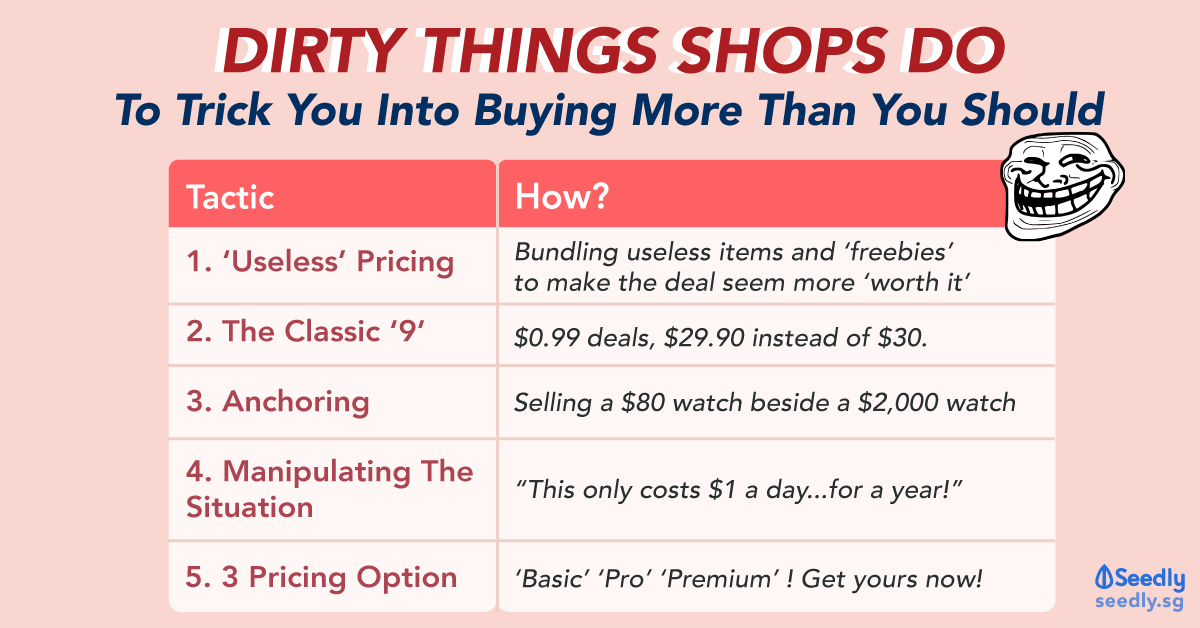Advertisement
Anonymous
Many ask about DCA and lump sum when buying. What about closing positions? Do you close the whole counter at once or at multiple price points?
I bought a total market index etf in march, at a few price points. Initial thought of buying etf is expecting average index return over the years as general expectation on market/nations doing better over long run, but with recent rally, it is suddenly sitting at 20% gain. What would you do? Hold? Sell all at once? Sell position bought at higher price? Sell positions bought at lower price?
Thanks!
6
Discussion (6)
Learn how to style your text
Ng Wei En
13 Jun 2020
Analyst at Mastercard
Reply
Save
Depends on the size of your position and cost of transaction per trade.
taking 20% off e table each time for a $1000 total position, incurring $10/trade
vs
taking 20% off e table each time for a $10,000 total position incurring $10/trade
Reply
Save
Write your thoughts
Related Articles
Related Posts
Related Products

Moomoo Singapore
4.7
484 Reviews
From $0
MINIMUM FEE
0.03%
TRADING FEES
Custodian
STOCK HOLDING TYPE

Saxo Markets
4.5
960 Reviews

Syfe Trade
4.9
131 Reviews
Related Posts
Advertisement








It is certainly tempting to take some profit if not all profit when you're suddenly sitting on a greater than average annualised gain. Given that you're investing in an ETF, I would assume you have a long-term investing strategy. Therefore, you might be thinking twice about taking profit so soon. Do consider the following:
Take profit, what next? - You should think of what you plan to do with the free cash freed up. Do you already have a healthy warchest that is sufficient to be deployed in the market in the event of a crash? If yes, it may not be so good a proposition to take profit now. Sure, who doesn't love holding cash. But keep in mind that cash will always lose its value while keeping it in investments/ETFs in the long term will typically give you greater value. On the other hand, if you foresee a better opoortunity that is already here or coming soon, then you could take profit now and jump on that.
Take ALL profit VS take some profit - This is one of the toughest decision to make. Taking all profit means incurring the least trading fees relative to the trade size. On the other hand, taking some profit allow you to lock in partial profit while having the flexibility of locking in more profit on the remaining share when prices push even higher. Although this comes at price of 2-3 times the usual trading fee(assuming you take profit across 2 or 3 price points), it may well be worth it. Just think of whether incurring this additional trading fees is worth the extra potential profits you are anticipating at other price points. There is no clear cut answer to this dilemma because it all boils down to your sentiments and how confident you are in anticipating the future price trend.